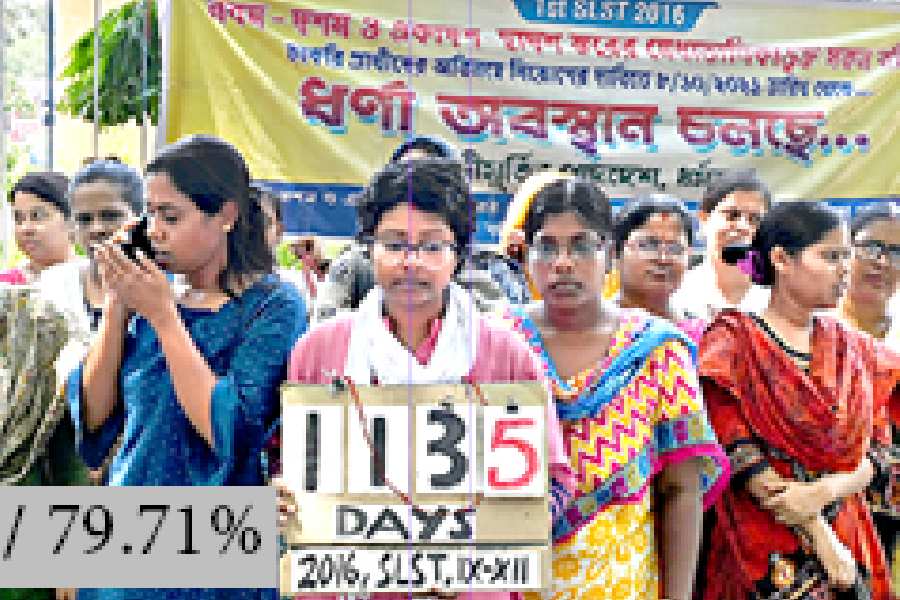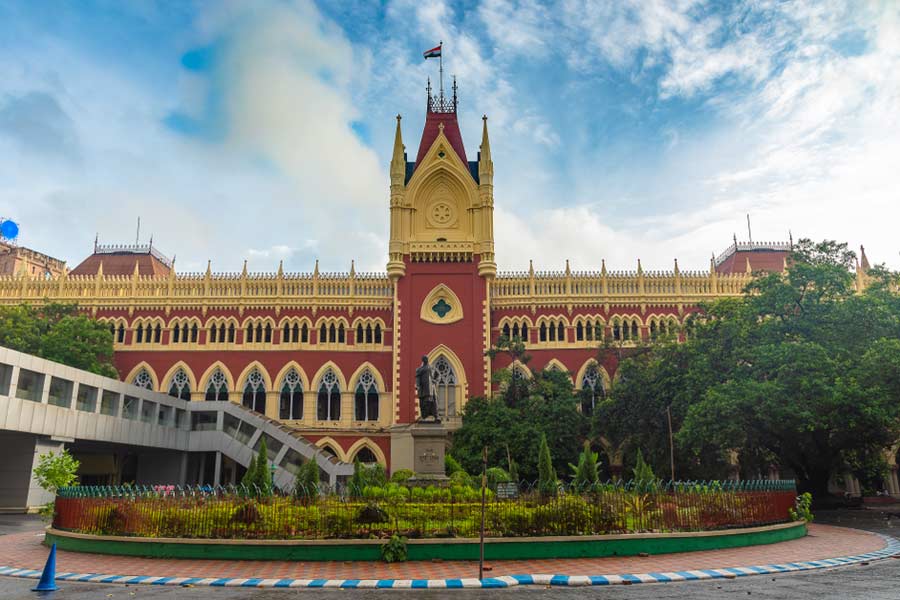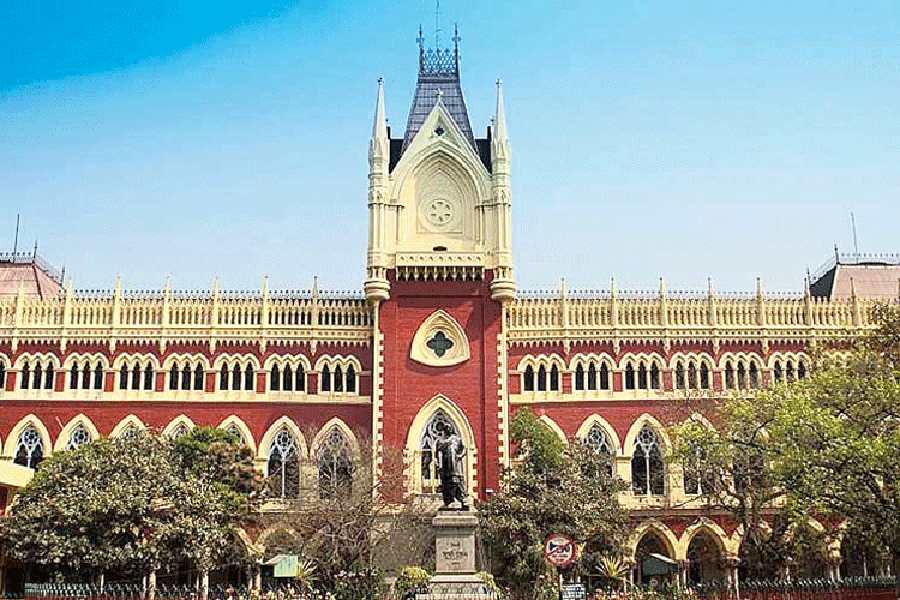The division bench of Justice Debangsu Basak and Justice Mohammad Shabbar Rashidi listed at least 15 “illegalities” in the selection process that the court said had been “established”.
The Telegraph lists them
- The school service commission (SSC) appointed an agency, M/s NYSA, to scan and evaluate the OMR (Optical Mark Recognition) sheets of the 2016 state-level selection test through a closed-door tender process in violation of Articles 14 and 16 of the Constitution. (Article 14 deals with equality before laws and equal protection of laws, while Article 16 deals with equality of opportunity in matters of public employment).
ADVERTISEMENT
- A closed tender is limited to invited participants, while anyone can respond to an open tender, whose details are published in newspapers or on websites.
- The agency then engaged another agency, Data Scantech, to scan the OMR sheets (answer scripts).
- Although the scanning was done on the SSC office premises, the commission later claimed that it never engaged Data Scantech to scan the OMR sheets or authorised NYSA to engage Data Scantech or any other agency for the job.
- The SSC had destroyed the original OMR sheets from the 2016 state-level selection test and had ostensibly scanned mirror images preserved in its server. But the CBI did not find any scanned mirror image of OMR sheets in the server. The OMR sheets had been destroyed without the scanned mirror images being preserved in the SSC server.
- (Before these irregularities were reported, the SSC did not have any defined timeline for destruction of the OMR sheets. The sheets were destroyed at the discretion of SSC officials, often triggering allegations that the sheets were destroyed according to the convenience of the officials and without any transparency. Recently, a guideline was framed that OMR sheets have to stored for five years and can be destroyed after that).
- The SSC had provided scanned OMR sheets to RTI applicants from 2018 to 2023 claiming that those were from its database, though the CBI did not find any OMR sheets in the SSC server.
- More candidates had been appointed than the declared vacancies in all four categories — Group C and D staff and teachers for the secondary and higher secondary classes.
- Appointments had been given to persons who were not on the panel (list of selected candidates).
- Appointments had been given to persons who submitted blank OMR sheets. (On OMR sheets, candidates are to select one out of four bubbles (options) to answer each multiple-choice question. A blank OMR sheet means the candidate has not selected any of the options. It is equivalent to submitting a blank answer script).
- Candidates with higher ranks had been ignored and those with lower ranks had been appointed.
- A merit list complete with the marks scored by the candidates had never been published.
- Counselling had been held subsequent to the expiry of the panel.
- Total number of beneficiaries of the illegalities are yet to be identified given the stand (alleged non-cooperation) of the SSC, the secondary education board and the stategovernment.
- The SSC had appliedfor permission to createsupernumerary posts to accommodate the illegal appointees.
- Recruitment rules governing the four categories had never been adhered to in letter or spirit.



